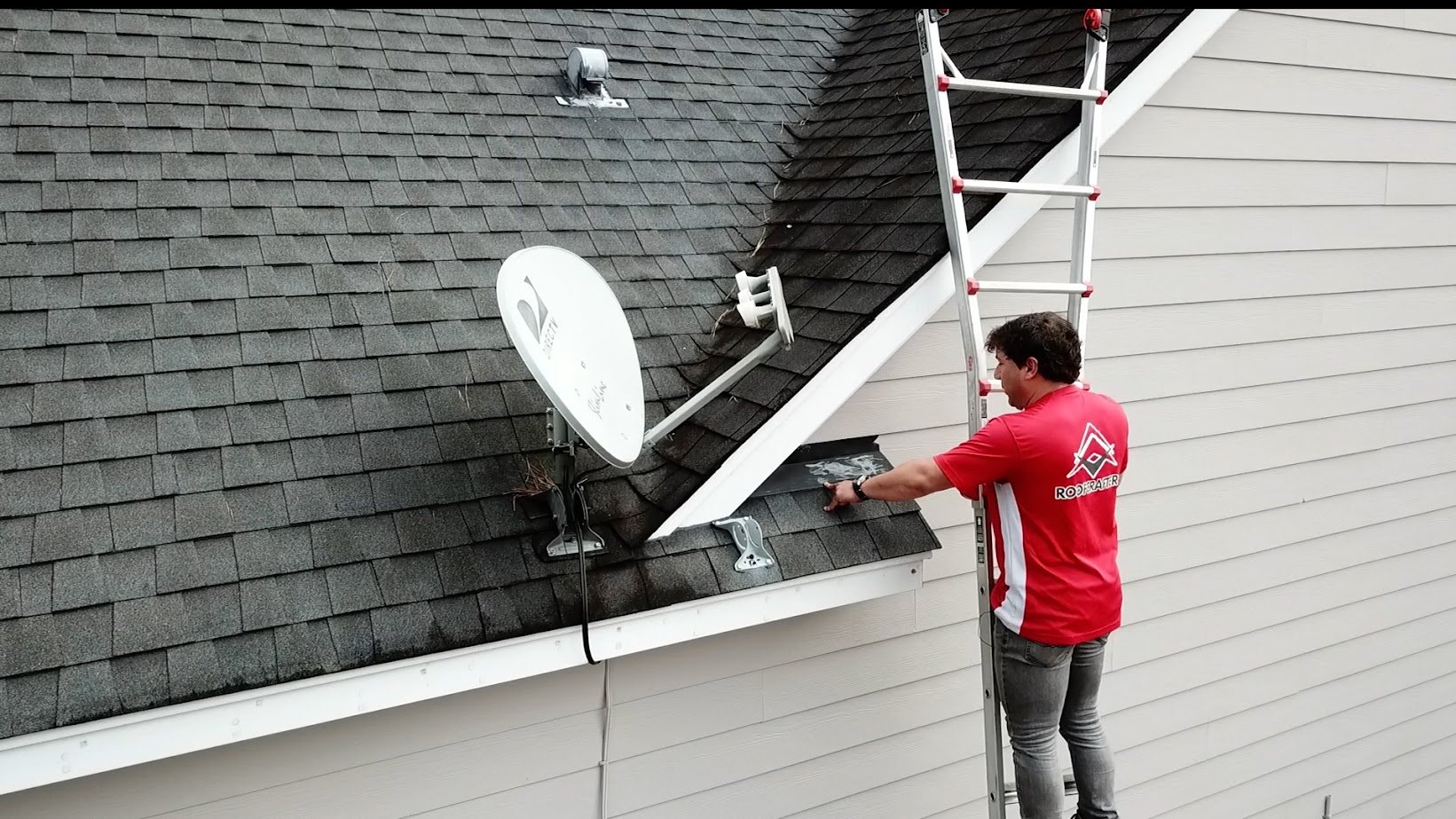The Essential Guide to Roof Assessment: Guarding Your Home Against Usual Damage
Regular roofing assessments are an essential component of home upkeep that can stop small issues from rising into significant issues. As we check out the common signs of roof covering damage and efficient upkeep techniques, it becomes obvious that a proactive method is necessary for safeguarding your investment.
Value of Routine Roof Inspections
Regular roofing examinations are important for maintaining the integrity of a structure's structure. These inspections act as a proactive step to identify possible problems before they escalate right into pricey repair services or considerable damages. By carrying out regular examinations, homeowner can make sure that their roofing systems continue to be in optimum problem, thus prolonging their life expectancy.
Throughout these inspections, various elements are examined, including the problem of roof shingles, flashing, and drain systems. Additionally, the visibility of debris, moss, or algae can be discovered, allowing for prompt remediation. Addressing small worries early on can stop a lot more substantial problems, such as leaks or structural degeneration, which may jeopardize the safety and security of the building.
Additionally, normal roof inspections add to power performance. A properly maintained roofing system minimizes warm loss throughout cooler months and reduces the stress on heating and cooling down systems. This, in turn, can cause lower energy expenses and a minimized carbon footprint.
Common Signs of Roofing System Damages
Recognizing usual indicators of roof covering damage is necessary for property owners to keep the safety and longevity of their residential property. One of the most visible signs is the visibility of missing, fractured, or crinkled shingles. These problems can jeopardize the roof's integrity, bring about leakages and additional damage. Furthermore, granule loss, typically noticeable in rain gutters or on the ground, signals that shingles are aging and losing their protective abilities.
An additional critical indicator is water discolorations on ceilings or walls inside the home, which often suggest leakages originating from the roof. Homeowners need to also inspect for mold and mildew or mildew development, as these can flourish in damp conditions triggered by roof covering leaks.
Flashing around vents and chimneys need to be looked for corrosion or damages, as damaged blinking can permit water to penetrate the roofing system framework. Sagging areas on the roof surface area may suggest architectural issues, requiring immediate interest. By acknowledging these signs early, homeowners can take positive procedures to attend to roof damage, ultimately securing their home from pricey repair services and ensuring a sturdy roof.
Seasonal Roofing Maintenance Tips
Acknowledging the indications of roofing damages is simply the primary step in making certain the longevity of your roof; recurring maintenance is similarly important. Seasonal roof covering maintenance is critical to not only expand the life of your roof covering yet likewise to avoid costly fixings down the line.
Throughout springtime, inspect your roofing system for any indicators of wintertime damage, such as split shingles or displaced flashing. Clean seamless gutters and downspouts to make sure appropriate water drainage. In summer, look for moss or algae growth, and consider using a safety sealant to avoid wetness buildup.
As autumn approaches, remove leaves and debris from your roof covering and content seamless gutters. This will certainly help minimize the threat of water merging and possible leaks. It's also a good time to check out the roof covering for any type of signs of wear, such as loosened roof shingles or rusted blinking.
Do It Yourself Roofing Inspection List
A comprehensive DIY roofing system evaluation checklist is important for property owners looking to maintain the honesty of their roof. Begin by examining the roof covering surface for any kind of visible signs of damages, such as missing, split, or crinkling roof shingles - Hail Damage Roof Inspection. Pay attention to locations around smokeshafts, skylights, and vents, as these prevail leak points

Transferring to the interior, check the attic for signs of water breach, such as spots or mold and mildew development. Make certain proper air flow to protect against moisture accumulation, which can cause deterioration.
## When to Employ an Expert
While lots of home owners can perform fundamental roof covering evaluations, specific circumstances necessitate the competence of an expert. If you discover substantial damages, such as huge missing out on roof shingles, noticeable sagging, or water spots on the ceiling, it is essential to seek advice from a qualified roofer. These concerns may show underlying structural troubles that need instant focus.
In addition, if your roof is nearing completion of its anticipated life-span-- generally 20 to 25 years for asphalt tiles-- it is a good idea to have a specialist analysis. Experienced inspectors can assess the roofing's problem and supply educated suggestions on repair service or substitute.
Severe climate events, such as hailstorms or heavy see this here winds, also necessitate specialist analysis. If left unchecked, also minor damage can lead to significant problems. If you're taking into consideration purchasing or selling a residential property, a professional assessment can reveal prospective issues that might impact the purchase.
Final Thought
Regular roofing evaluations are crucial for keeping the honesty of property frameworks. Focusing on roofing inspections eventually adds to a secure and protected living atmosphere.

Throughout springtime, examine your roof covering for any kind of signs of winter season damages, such as cracked tiles or displaced flashing. Begin by examining the roofing surface for any kind of visible signs of damage, such as missing, split, or curling roof shingles.